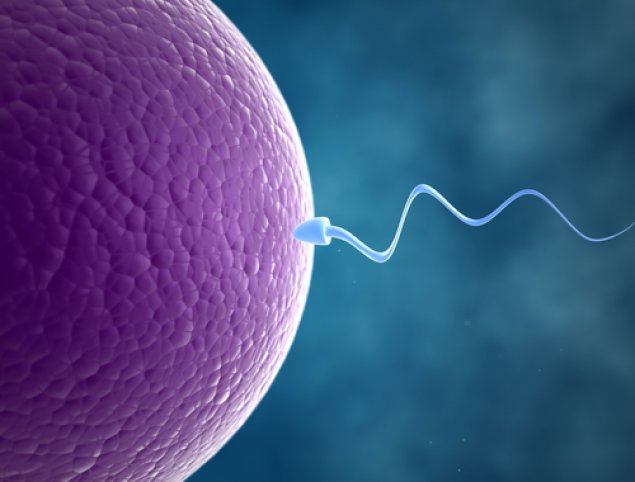A Controversial Fertility Treatment Gets Its First Big Test

Parent Shaft Transfer
Mitochondrial replacement (MRT) techniques are generally designed to prevent the transmission of mitochondrial DNA (mtDNA) from mother to child.
The Institute of Life is licensed by the National Authority for Medical Assisted Reproduction to apply ST technology to human eggs, performing a series of clinical trials on donor eggs to investigate and certify the safety of the technique.
Mitochondrial Replacement Techniques - Maternal Shaft Transfer
Mitochondrial replacement (MRT) techniques are generally designed to
prevent the transmission of mitochondrial DNA (mtDNA) from mother to child. Common symptoms include developmental delays, seizures, weakness and fatigue, muscle weakness, vision loss and heart problems, leading to morbidity and in some cases premature death.
The maternal spindle (ST) transfer technique is based on the transfer of the nuclear genome from the egg of a diseased woman to the egg of a healthy egg donor who has removed her own nuclear genome. After years of research, various groups have agreed that the use of ST in human ovaries may be the most innovative technology to prevent the transmission of mitochondrial diseases from suffering women to their children or to the treatment of infertility caused by cytoplasmic ovarian dysfunction. .
To build clinical models of this new therapeutic approach, several research studies have been published that demonstrate that the mother fuselage can indeed be successfully replaced in both animal and human eggs. In fact, two healthy babies have already been born because of this technique. Currently, while the total number of patients with mtDNA is not as common, one
of the main causes of recurrent IVF failure
fertilization, e.g. implantation failure, in assisted techniques
IVF has been attributed to malfunctions that affect the
oocyte cytoplasm instead of nuclear DNA deficiencies. For these
cases of infertility caused by ovarian defects, h
transfer of the spindle-chromosome complex to a donor oocyte would
could thus be a valuable strategy to overcome this problem. In addition, this ST technique would allow infertile women to have their own biological children, avoiding the process of egg donation, which would lead to a baby not genetically related to the mother.
The Institute of Life is currently licensed by the National Authority
Medical Assisted Reproduction for the validation of ST technology in
human eggs, performing a series of clinical trials on female and female eggs
exploring its feasibility in treating infertility problems that
are related to the cytoplasmic malfunctions of the eggs.
